Full Name Kati Deutsch Notable work Umbral,Nosotros | Nationality Mexican Spouse(s) José Horna | |
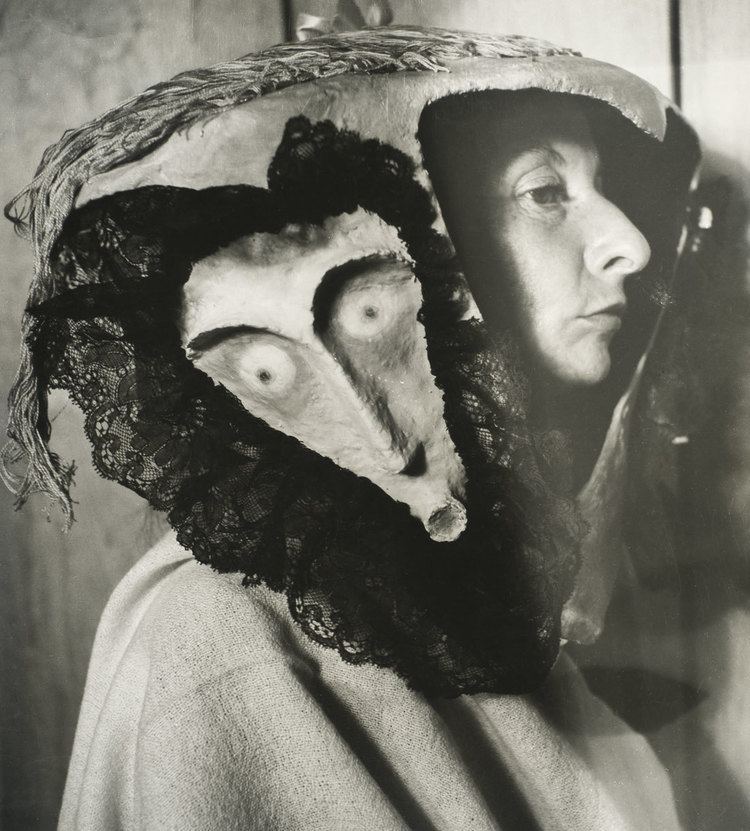 | ||
Died 19 October 2000, Mexico City, Mexico Similar | ||
La mirada de kati horna
Kati Horna (May 19, 1912 - October 19, 2000), born Kati Deutsch, was a Hungarian-born Mexican photojournalist, surrealist photographer and teacher. She was born in Budapest and lived in France, Berlin, Spain, and later was naturalized Mexican. Most of her work was lost during the Spanish Civil War.
Contents

Kati horna
Early years
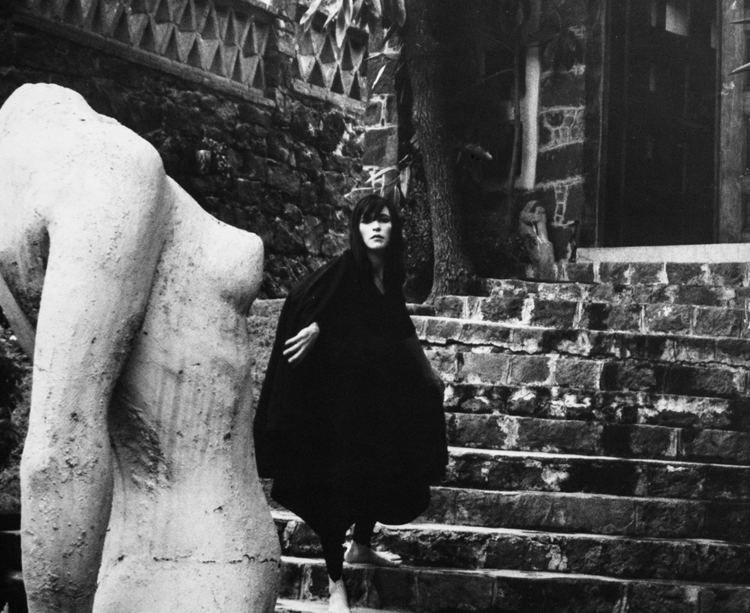
Kati Horna was born in Budapest in 1912 during an unstable sociopolitical period; as a result of the First World War, Budapest suffered severe economic setbacks which continued in the years between the wars. Her father was a banker from the prosperous part of Buda and when he passed, photography offered Horna the means to earn a living and the chance to fulfill her political ideals. The surrounding violence, danger and injustice of that time influenced her ideology profoundly.
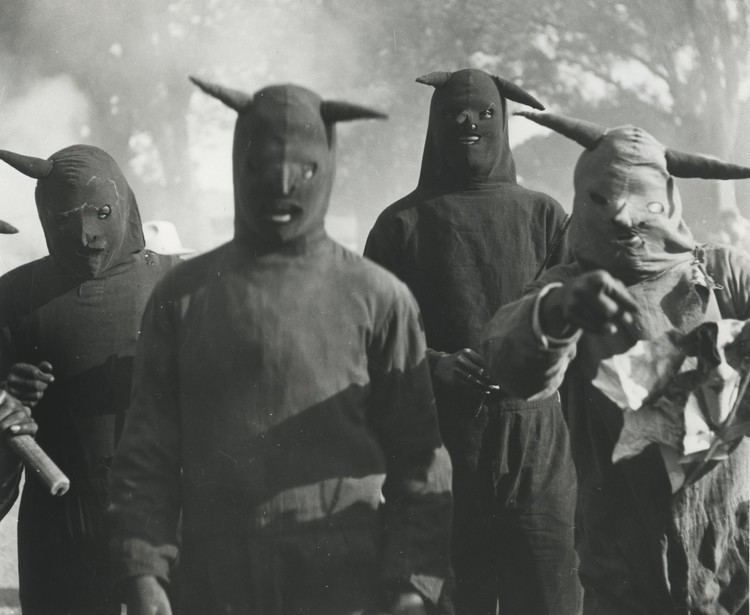
At the age of twenty, Horna became an apprentice in the workshop of a renowned photographer József Pecsi. At this most prestigious school in Budapest, she learned basic photographic techniques. She met Robert Capa (then by the name Endre Friedmann). When he moved to Paris, she followed him in 1933, where she turned her attention to the life she saw around her in the streets and cafés of the French capital. Her series Les Cafés de Paris (1934) captured her brilliant eye for irony and fun. while she did several reportages for the French Agence Photo. Her widely known series Flea Markets (1933) and Reportage dans les Cafes de Paris (1934) are from this period. Besides photographing realistic scenes, she also ventured into more experimental works, closer to Surrealism.
Spanish Civil War
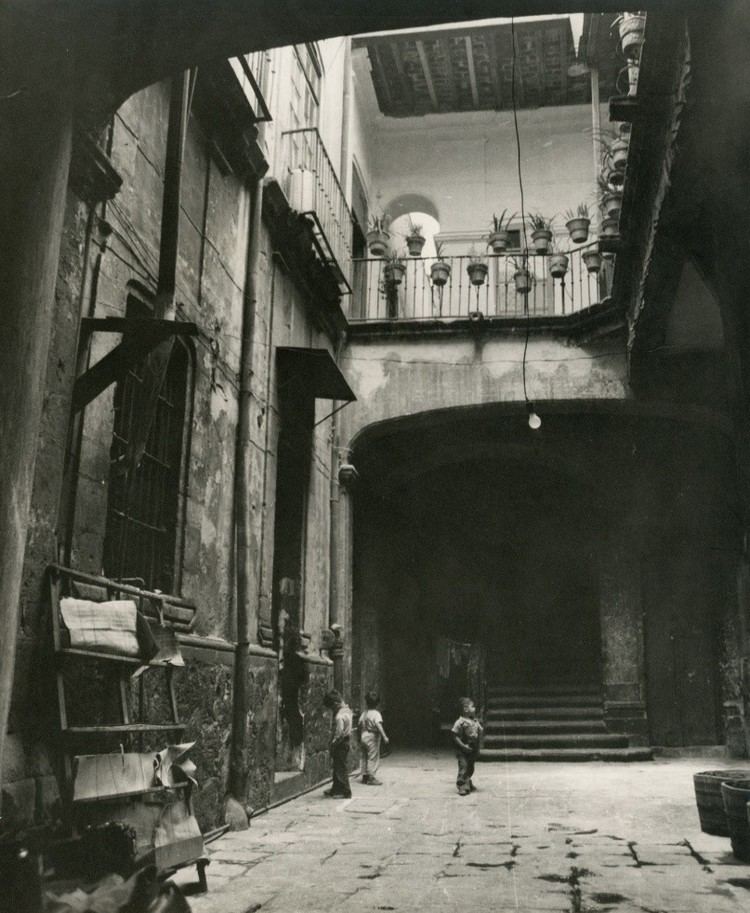
In 1937, amidst the Spanish Civil War, she moved to Barcelona commissioned by the Republican Spanish government to make propaganda work, document the war as well as the everyday life of communities like Aragón, Valencia, Madrid, Lérida. She was editor of the magazine Umbral (where she met her husband-to-be, painter and sculptor José Horna). During this time, other artists participated of the effervescence of the Spanish conflict, like Gerda Taro or Tina Modotti. Kati Horna collaborated with other magazines, most of which were anarchic, such as Tiempos Nuevos, Libre-Studio, Mujeres Libres and Tierra y Libertad. Some of her photos were used as posters for the republic propaganda.
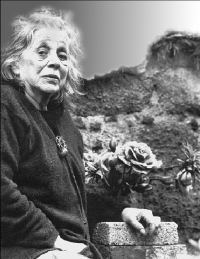
Together with José Horna, Kati escaped to Paris in 1939 with a large collection of negatives that would remain unseen until 1979 (when the democracy in Spain was reestablished). During the Nazi occupation in France, the couple were married and later sought refuge in Mexico. There, she met other artists that are also running away from war: Remedios Varo, Benjamín Péret, Emeric Chiki Weisz, Edward James, Tina Modotti and Leonora Carrington.
Mexico
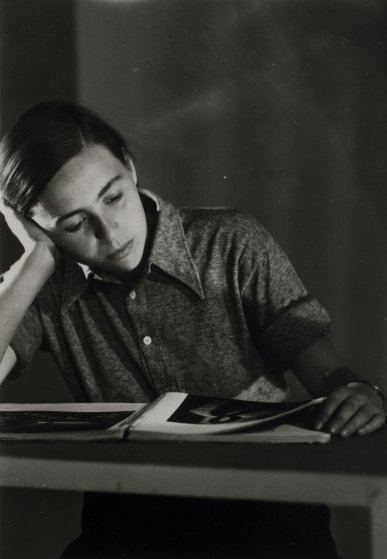
Horna arrived in Mexico in October 1939, at the age of 27. Mexico was, for Kati Horna, her motherland and her patriotism was felt only for this country. She remained there the rest of her life, where she collaborated in important magazines like Todo (1939), Mapa (1940), Enigma (1941), El arte de cocinar (1944), Seguro Social (1944), among others.

Nosotros magazine hired her as a full-time photographer in 1944. There she published series like "Títeres en la penitenciaría" [Puppets in the Penitentiary] or portraits of Alfonso Reyes in his library. In 1958, Horna was the chief photo editor of Mujeres magazine. During the second half of the XXth Century she also did sporadic commissions for Revista de la Universidad de México, Mexico This Month, Tiempo, S.nob, Mujer de Hoy, Revista de Revistas, Diseño, Vanidades, Arquitectura, Arquitectos de México, Obras.
She also carried out more experimental projects that bear the imprint of surrealism.
Architecture was another field that Kati Horna explored with interest. She collaborated with various architects like Luis Barragán, Carlos Lazo and Ricardo Legorreta, and documented buildings with historical value in order to provide a register of their conditions. Horna also published photographies of recently inaugurated public buildings, like the Museo Nacional de Antropología [National Museum of Anthropology], Ciudad Universitaria [University Campus], Biblioteca Nacional [National Library]. In 1967, Kati Horna took photos of the Pre-Olympics for architect Pedro Ramírez Vázquez.
She was also a recognized professor at the Escuela Nacional de Artes Plásticas , the Academia de San Carlos and the Universidad Iberoamericana (between 1958 and 1963). Some of her most well-known works include What Goes in the Basket (1939), La Castañeda (1945), Fetiches (1962), Ode to Necrophilia (1962), Sucedió en Coyoacán (1962), Mujer y Máscara (1963), and Una Noche en el Sanatorio de Muñecas (1963).
Kati Horna died in October 2000. Her work has been taken by numerous exhibitions in Mexico, Spain and other countries.
